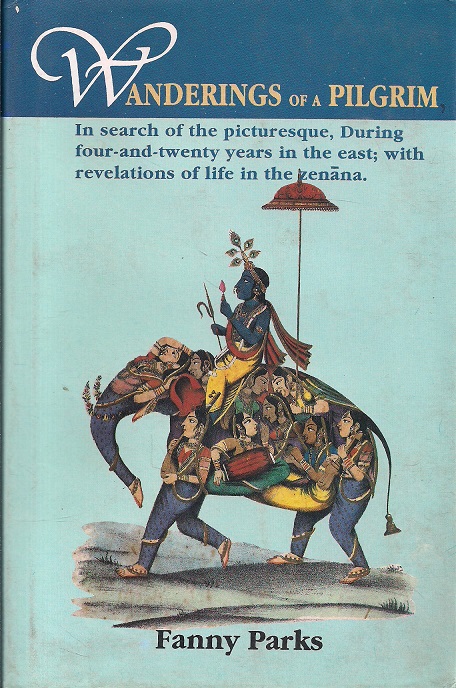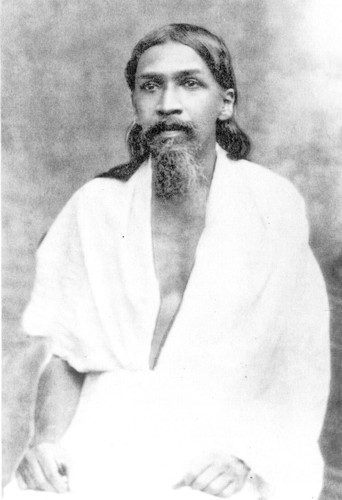
The story of 'Shampoo'
The British followed the examples of their Indian subjects where hair was concerned. In Britain, combing and powdering were preferred to washing the hair, which was regarded with anxiety and thought to induce headache and toothache. [1/5]
The British followed the examples of their Indian subjects where hair was concerned. In Britain, combing and powdering were preferred to washing the hair, which was regarded with anxiety and thought to induce headache and toothache. [1/5]

Fanny Parks, in her book Wanderings, asserted that the hair washing was a repeated activity in India, and in the appendix to her book a recipe for ‘shampoo’, that she thought this was something unusual in Britain. [2/5] 

The recipe was a mixture of basun (a type of pulse), egg yolks, and juice of limes, and it was very similar to a recipe that was given by Colesworthy Grant, who described this means of cleaning the hair as the virtue the British had learned from the Indians. [3/5] 

He further wrote that hair washing was "an operation to which I suspect more importance is not attached in any part of the world, than in this country". That the word shampoo is derived from the Hindi champo, meaning ‘to massage’, suggests its Indian origin. [4/5]
It took several more years before shampoo appeared as a commercial product, but by the 1920s The Englishman, a newspaper, was carrying advertisements that invited ladies to save their hair by massaging their scalps with ‘Plomer’s Jaborandi Hair Wash’ and 'Egg Julep'. [5/5]
• • •
Missing some Tweet in this thread? You can try to
force a refresh










